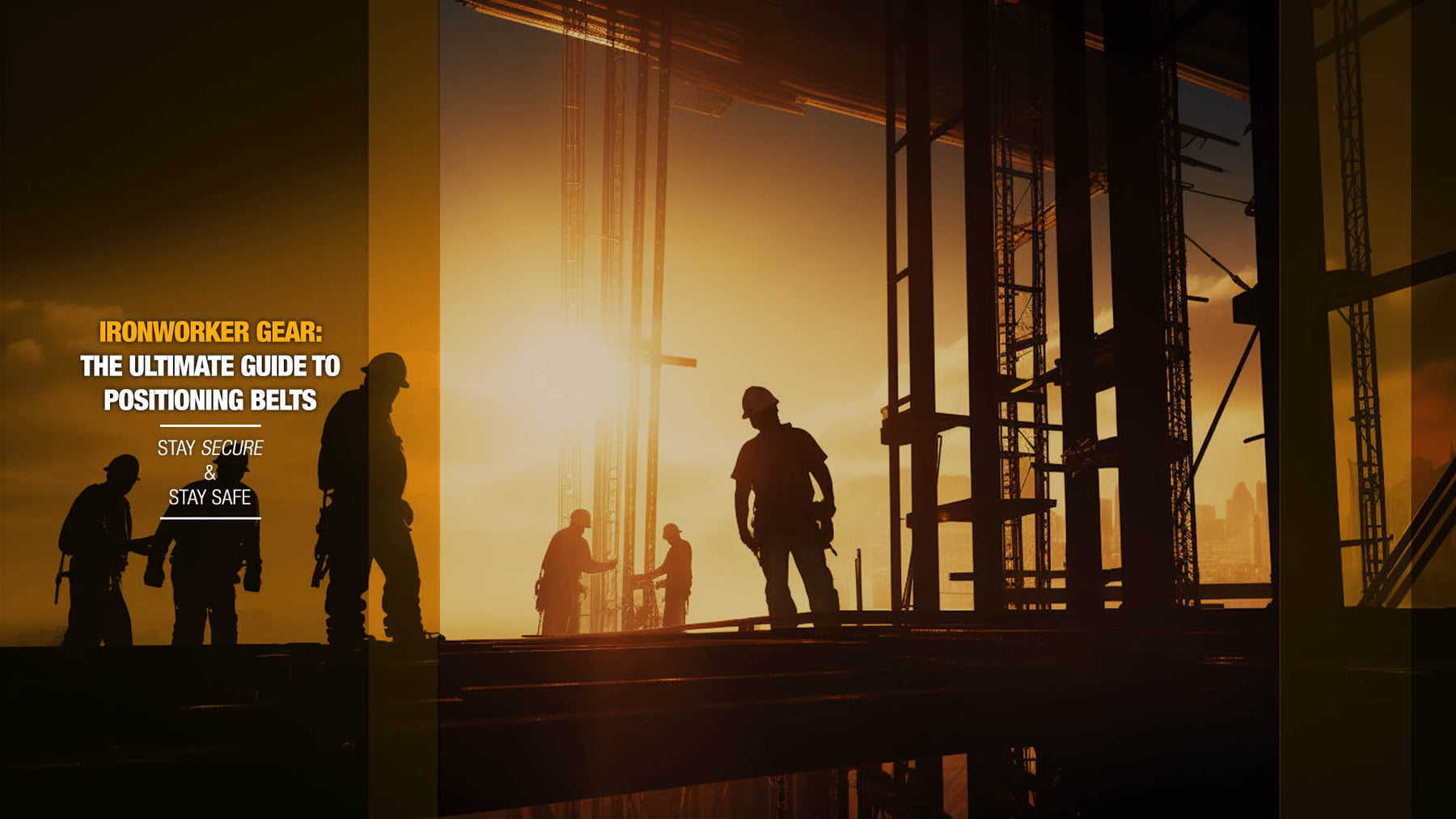Free Shipping | 30 Day Returns | Mix & Match Sitewide
Free Shipping
30 Day Returns
Mix & Match Sitewide

Ironworking is a challenging profession that requires working at great heights, often in hazardous environments. The safety of ironworkers is of paramount importance, and one crucial piece of gear that plays a vital role in ensuring their well-being is the safety positioning belt.
In this comprehensive guide, we will delve into the world of safety positioning belts, exploring their purpose and key factors to consider when purchasing a positioning belt. Understanding these essential aspects will help both seasoned professionals and newcomers make informed decisions when it comes to selecting and utilizing this critical safety equipment.
When it comes to ensuring the safety of ironworkers at heights, selecting the right safety positioning belt is important. This crucial piece of gear serves as a lifeline and helps to provide stability.
Selecting the right safety positioning belt is a decision that should not be taken lightly. By considering factors such as comfort, adjustability, durability, and compliance with safety standards, you can make an informed choice that prioritizes the safety and well-being of you and your team. Remember, investing in high-quality safety positioning belts is an investment in the protection and confidence of your ironworkers as they perform their crucial tasks at heights.
Follow us on social media to stay up-to-date on new products and much more!
Leave a comment